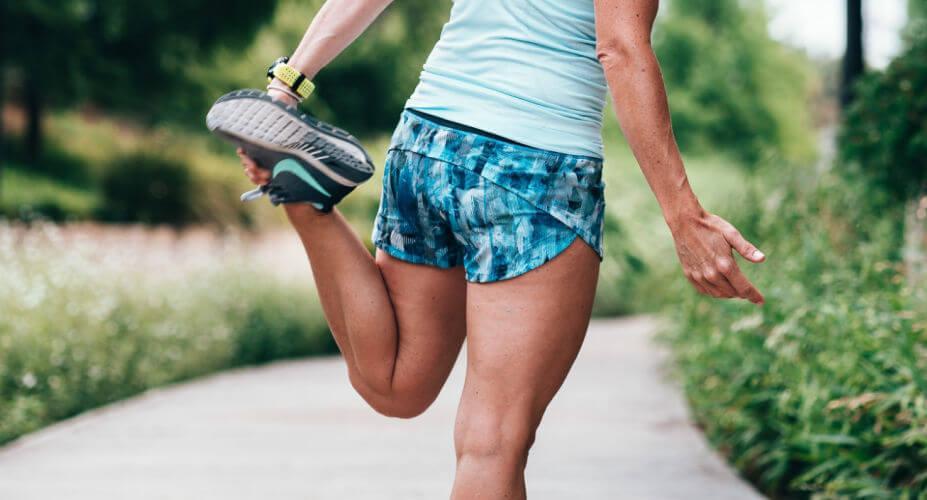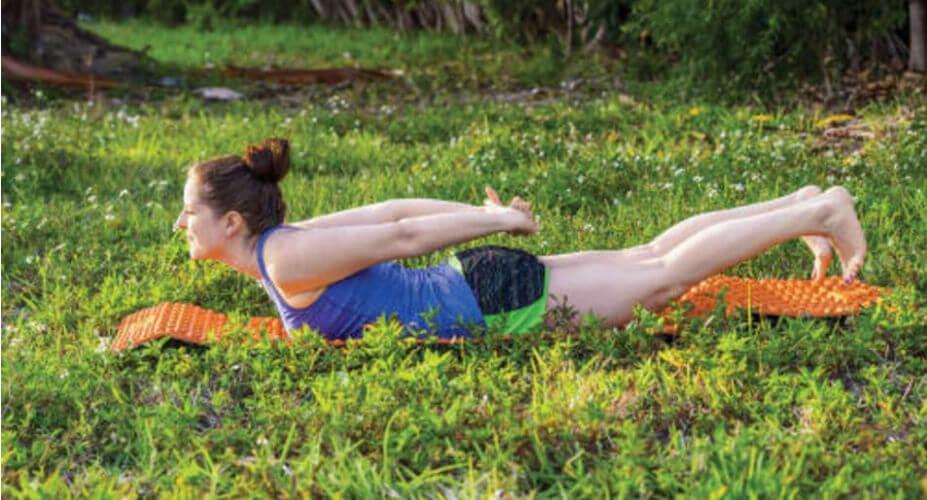
Written By: Paul Langer, DPM — Superfeet Wellness Panel Member. Paul Langer is a sports medicine podiatrist who treats athletes of all abilities at Twin Cities Orthopedics in Minneapolis, Minnesota. He is the author of Great Feet For Life and lectures internationally on the topics of lower extremity health and footwear.
Non-traumatic knee pain is one of the most common sports injuries seen in sports medicine clinics, accounting for 25-40% of all knee injuries.*
The medical literature refers to this type of pain as patellofemoral pain syndrome (PFPS). PFPS is different from acute knee injuries like Anterior Cruciate Ligament (ACL) ruptures in that it is an overuse injury with a gradual onset of pain.
PFPS causes pain to the front of the knee with weight bearing activity. It is more common in women than men and more common in activities that repetitively load and bend the knee, like running, which is why this condition is often called Runner’s Knee.
Pain with activities such as stair climbing and pain after arising from a seated position can be symptoms of PFPS. PFPS can be a chronic and recurrent condition for some people even after being treated clinically and like some other overuse conditions, there has been a lack of evidence-based guidelines for treatment.
Recommended Treatments for Runner’s Knee
To address the lack of official guidelines for treatment, a panel of researchers and clinicians was convened to develop consensus-based recommendations. The panel evaluated the highest quality research and expert opinion of researchers and clinicians who specialize in PFPS. They reviewed research papers on treatments like exercises, in-shoe orthotic devices (“foot orthoses”), taping and bracing and adjunctive therapies like acupuncture and combination therapies.
The panel looked at how those treatments reduced pain and improved function, and they further stratified treatments for short, medium and long term aspects of treatment.
The paper, 2016 Patellofemoral pain consensus statement from the 4th International Patellofemoral Pain Research Retreat, was published in the British Journal of Sports Medicine.**
The expert panel came up with six recommendations:
- Exercise-therapy is recommended to reduce pain in the short, medium and long term, and improve function in the medium and long term.
- Combining hip and knee exercises is recommended to reduce pain and improve function in the short, medium and long term, and this combination should be used in preference to knee exercises alone.
- Combined interventions are recommended to reduce pain in adults with patellofemoral pain in the short and medium term.
- Foot orthoses are recommended to reduce pain in the short term.
- Patellofemoral, knee and lumbar mobilizations are not recommended.
- Electrophysical agents are not recommended.
I will focus on numbers 1-4 since they tell us what we should do (numbers 5 and 6 since they tell us what not to do).
The experts recommend exercises, especially those that target the hips and knees for short, medium and long term for both pain and function.
They also recommended a combination of treatments that also include patient education and taping for short and medium term to reduce pain. This is valuable information because it tells us no matter what time interval a patient is at in their injury recovery period, exercises are important. Combination therapies after the medium term however are less likely to be of help. All exercise programs should be under the guidance of a medical professional.
In-shoe orthotic devices were recommended for pain reduction in the short term. This can be interpreted to mean that as treatment starts, using insoles can be useful to reduce knee pain so that the injured person can remain somewhat active and/or by reducing using insoles to reduce knee pain may be able to progress through early therapy and exercise programs with less limitation.
After the short term however, insoles were of less use in the therapy program. It is important to understand that the in-shoe devices recommended were not custom-made foot orthoses but were prefabricated devices that could be modified to optimize comfort. Which means that it would be reasonable for someone with PFPS to fit an insole in a retail setting by trying on the insoles and then selecting the most comfortable one. A skilled medical professional then could modify the device as needed in clinic if necessary.
Future research in this area will shed light on subgroups of those with PFPS and help better tailor treatment. For example, accumulating data may start to reveal patterns regarding age, sex and biomechanical differences that help us understand how to prioritize treatments or who is more likely to respond to certain treatment options.
For now, it is important for anyone who has knee pain that limits their activity to seek treatment and then start a therapy program under the guidance of a medical professional according to these guidelines.







